You majored in Accounting at Pennsylvania State University. How did you get from there into the metals manufacturing sector?
My first job was in public accounting working for Arthur Andersen, LLP in their Pittsburgh office. Their client base in the region had a significant concentration in the metals and metals-related sector at a time when the industry was changing dramatically. There were significant divestitures, ownership changes, new entrants, and new technologies in the space. The mini-mill or scrap mill concept (think Nucor) was gaining momentum in other parts of the country, and this gave rise to many entrepreneurs that saw opportunities to carve out niches in the space. As a young public accountant, I spent 7 years working with owner-operated businesses, many of which were spin-offs or related to the products manufactured by the larger mills that had started to change in the region. From there, and after working with a process manufacturing business for 6 years, I moved back to the region to manage a PE-backed manufacturing business which then gave me additional exposure to the sector from the Company side.
How has your experience as an executive across numerous sectors informed your work advising clients?
I’ve had several company-side roles with middle market sized businesses which has given me a strong basis to understand and apply fundamental strategic thinking across a variety of sectors or end-markets for clients. Beyond just a significant background in finance, I’ve been exposed quite a bit to strategic planning, organizational leadership, company and product positioning, sales, manufacturing technology and the importance of people to name just a few themes that have helped me lay a strong foundation for advising clients. Beyond this, having worked at many levels within different manufacturing businesses has provided me an added benefit of understanding the key challenges that managers face each day. Understanding many of the processes within organizations gives me a unique perspective in assessing situations with client businesses and coming up with solutions that make sense for all stakeholders.
What made you decide to specialize in metals manufacturing? Did growing up in Pennsylvania play a role?
Working in and around metals-related manufacturing wasn’t something I thought about a lot, but I was impacted by where I grew up and what was happening in the sector in the 1990’s. I think it was a combination of the dynamics in the sector at the time that I was entering the workforce along with where I was working geographically. I’ve always looked at that type of disruption as an opportunity for personal growth and that mindset continues to this day. Further, the opportunity to manage in a high-growth metals-related machining business serving the defense and power generation space allowed me to really dig deep into managing in a fast-paced growth situation. This, in turn, has given me a great perspective now when I look at situations of distress. Having managed in successfully run organizations really gives me confidence in the actions I would take with clients.
Metals is an industry that is highly dependent on changes in trade policy and economic cycles. How do you help clients navigate those dynamics?
This is true but navigating these dynamics with clients can follow a path consistent with any other business provided we’re looking at the business in a strategic way. Irrespective of the sector, I would follow a typical strategic planning approach in advising or having dialogue with clients. Policy, economic cycles, and the regulatory environment that client businesses operate in should always be evaluated unless those factors are well understood already, or specifically excluded in the scope of the engagement. As it relates to any business buying or processing steel, I would expect to share insight into what I see with the larger players in the space and various economic indicators like PMI, scrap pricing trends and production and economic data out of the top few steel-producing economies in the world. China produces about 50% of the world’s steel and has a significant impact on pricing and volume around the world regardless of where it is sold. Keeping abreast of this data, as well as mill capacity, utilization and backlog, provides a good indication of where prices and deliveries are going in the space. This, then, serves to validate and support assumptions for businesses that rely on this material on a go-forward basis.
With recent supply chain challenges, there has been a lot of discussion recently about reviving US manufacturing. What is your perspective?
I think we will see positive trends in US investment in manufacturing in the coming years, but it will take more than just rethinking investments in a supply chain. I think it will be a combination of that as well as continued focus on key themes for manufacturers like the payback on investments in new technologies, mitigating increases year-over-year in healthcare costs, fair trade, energy independence and a globally competitive ESG landscape. There is no doubt that the pandemic demonstrated what were previously unforeseen risks in the most advanced global supply chains. Naturally, as businesses set goals for the next few years, part of the factors that manufacturers will use to evaluate investments will be ongoing reviews of “waste” in their organizations—waste, as that term is defined from a lean manufacturing perspective. Missed deliveries, lower customer satisfaction, quality issues and higher working capital costs are just a few themes with the recent supply chain challenges that will cause manufacturers to look at US investment differently and “time” is one of the biggest wastes to any manufacturing entity. This country has lost 30-40% of its manufacturing jobs since 2000 and the pandemic, as well as events like a war in Ukraine, expose the risks inherent in the US. And, since U.S. is the largest consumer end market in the world, I think the loss of manufacturing jobs provides the right backdrop for increased investment closer to these domestic customers.
